Розпочалася навчальна практика з ветеринарної фармакології
Упродовж поточного місяця червня у здобувачів вищої освіти 3 курсу ОС «Магістр» факультету ветеринарної медицини триватиме навчальна практика. Для студентів скороченого терміну навчання вона розпочалася з дисципліни «Ветеринарна фармакологія» під керівництвом професора кафедри фізіології хребетних і фармакології, д. вет.н. Ірини Деркач.
Згідно програми навчальної практики з дисципліни «Ветеринарна фармакологія», студенти ознайомилися з діяльністю аптеки, під відкритим небом в аудиторії ботанічного саду університету успішно захистили гербарій лікарських рослин, підготовлений протягом навчального року.
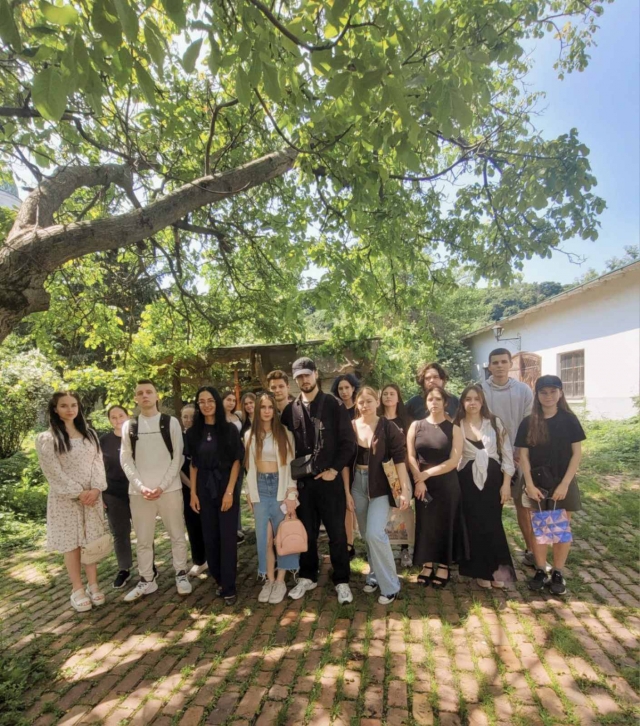
Також під час навчальної практики відвідали Державний науково-контрольний інститут біотехнологій і штамів мікроорганізмів.
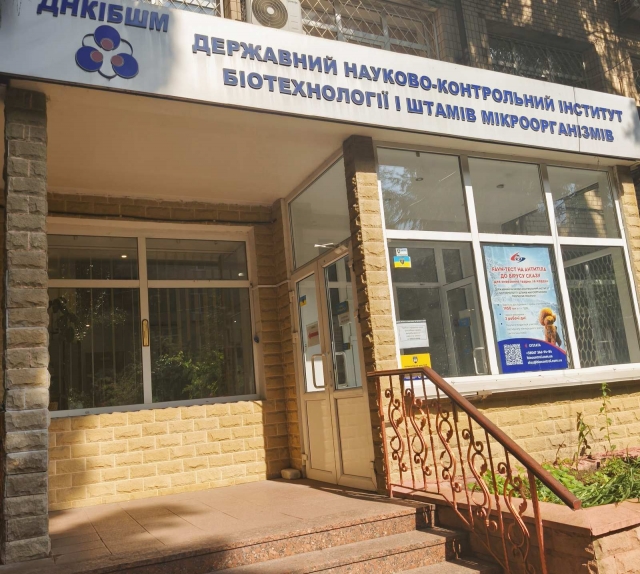
Актуальну та цікаву лекцію прочитав головний науковий співробітник ДНКІБШМ, д. вет. н., старший науковий співробітник Володимир Чумаченко. Він розповів про основні завдання цієї державної установи, порядок реєстрації ветеринарних імунологічних засобів та зупинився на поточних викликах у діяльності Інституту та для фармацевтичного ринку ветеринарних препаратів в Україні.
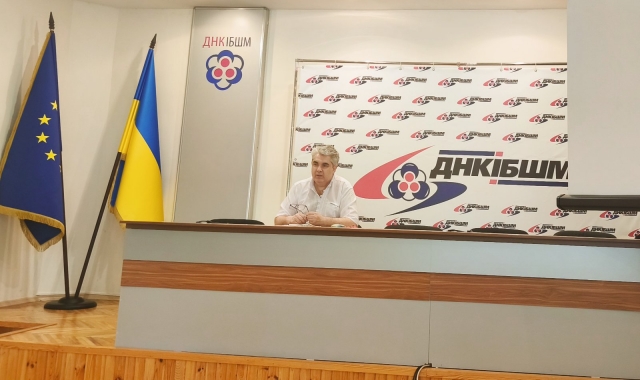
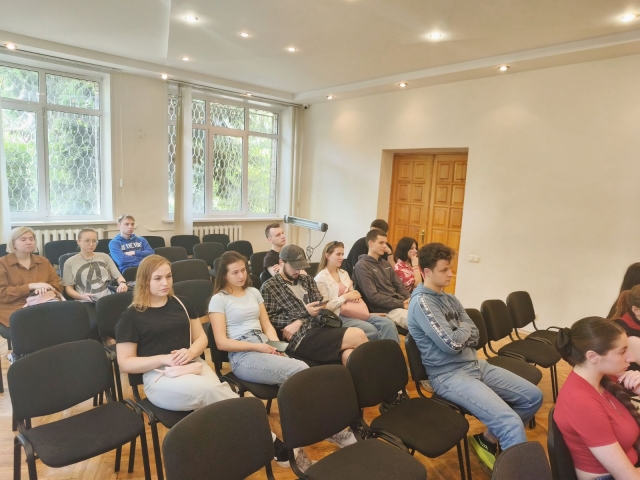
Родзинкою навчальної практики з ветеринарної фармакології стала поїздка до ТОВ «Бровафарма». Для студентів була проведена пізнавальна екскурсія, за якої вони побачили на власні очі «шлях» ветеринарного препарату українського виробництва від лікарської сировини до складу офіцинальних лікарських засобів перед їх транспортуванням.
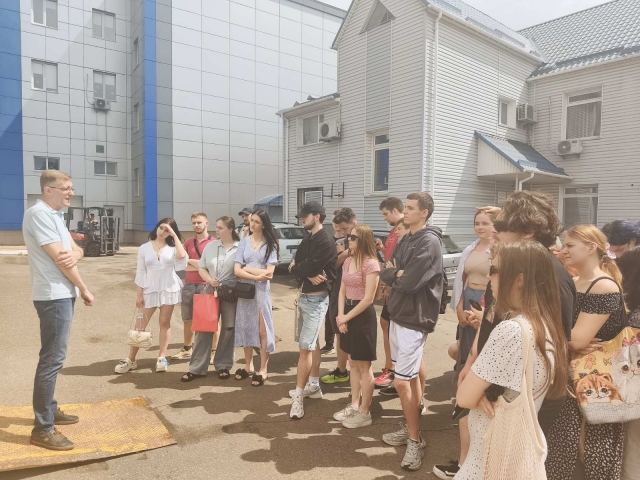
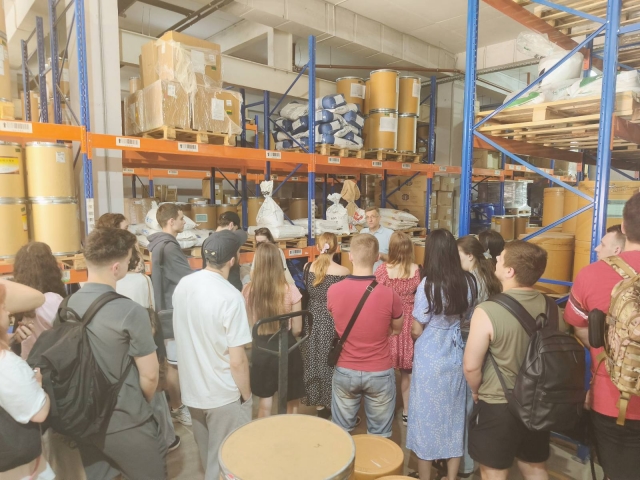
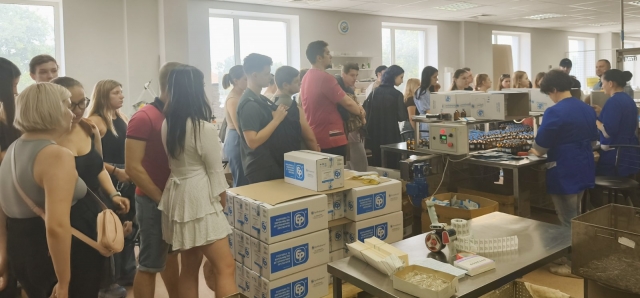
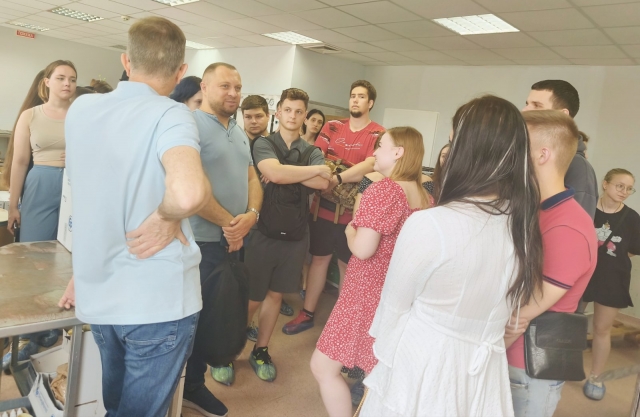
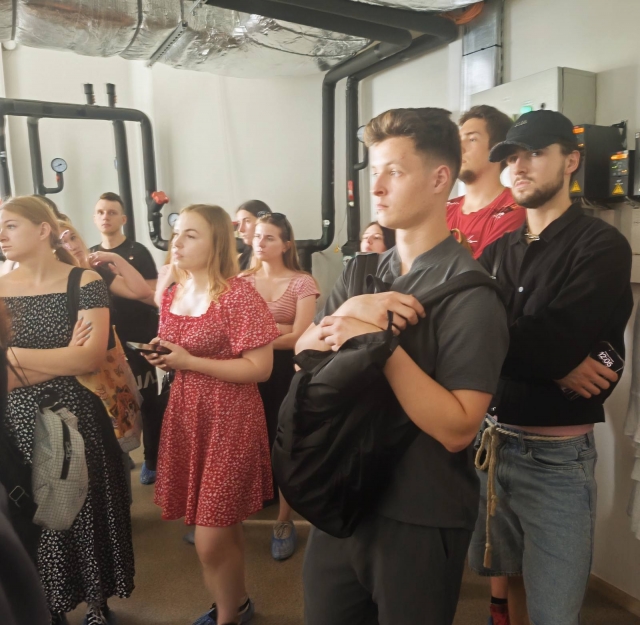
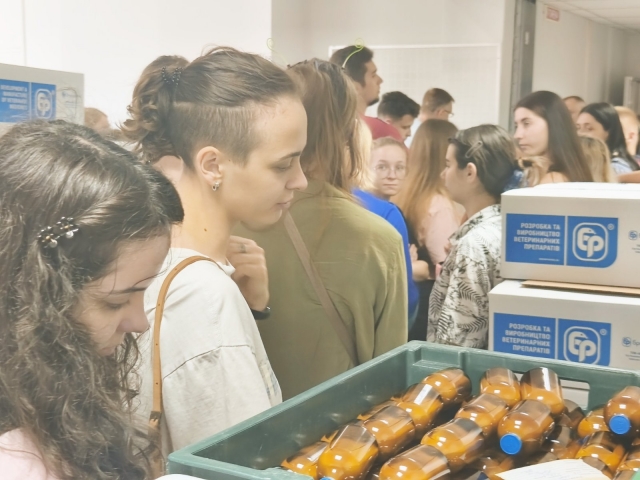

Надзвичайно велика вдячність доценту кафедри ветеринарної епідеміології та охорони здоров'я Олександру Мартинюку, керівництву ТОВ «Бровафарма» та співробітникам, які на високому рівні провели цікаву екскурсію, а також за організацію проїзду до фармпідприємства заступнику декана факультету ветеринарної медицини, доценту Юрію Жуку.
Ірина Деркач,
професор кафедри фізіології хребетних і фармакології
Орина Сергійчук та Анастасія Серховець,
старости груп
